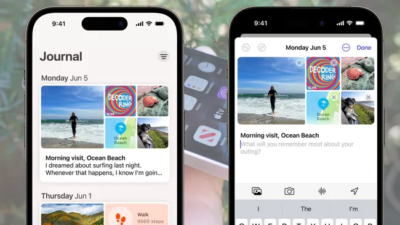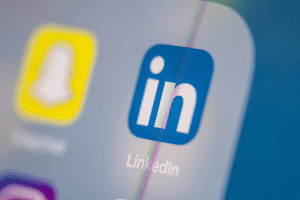Binance manager claims his deepfake is being used to cheat

Network fraud is commonplace these days, a popular yet complex scam that works with so-called social engineering. This is where data is collected from users to steal their identities. A Binance manager claims something similar – but via deepfake. As mentioned at the beginning, social engineering is very complex because you have to collect a lot of data about a user so that you can present yourself as a user in a fairly credible way. But a deepfake represents a whole new level – or rather “would”.
Binance Chief Communications Officer Patrick Hillman claims that scammers created a virtual image of him to trick his contacts into meeting him virtually. The problem: Hillmann provides no real evidence for the claims made in a blog post. His only evidence is a screenshot of a chat in which an (anonymized) person asks the Binance manager that the two recently had a Zoom meeting.
However, Hillmann denied this to the contact and it is alleged that it was a “hologram” or AI deepfake. According to Binance’s chief communications officer, an “advanced hacking team” has used past news interviews and TV appearances over the past few years to create a virtual likeness of him. “Apart from not noticing the 15 pounds I gained during Corona, this deep fake was sophisticated enough to defraud several highly intelligent members of the crypto community,” Hillmann writes.
Was it really a deep fake?
However, there are some doubts as to whether this actually happened. With the exception of the screenshots already mentioned, Hillmann does not present any material that would support this claim. This is true for the topic of deepfakes as a whole: While deepfakes have been brought up again and again, there is no evidence that they work or that people can really be fooled in this way.
An example is the case of two Russian comedians who recently cheated on several European mayors. Also here the first loud “Deepfake!” called, but it soon became apparent that only one interview had been skilfully shortened.
Research Snipers is currently covering all technology news including Google, Apple, Android, Xiaomi, Huawei, Samsung News, and More. Research Snipers has decade of experience in breaking technology news, covering latest trends in tech news, and recent developments.












